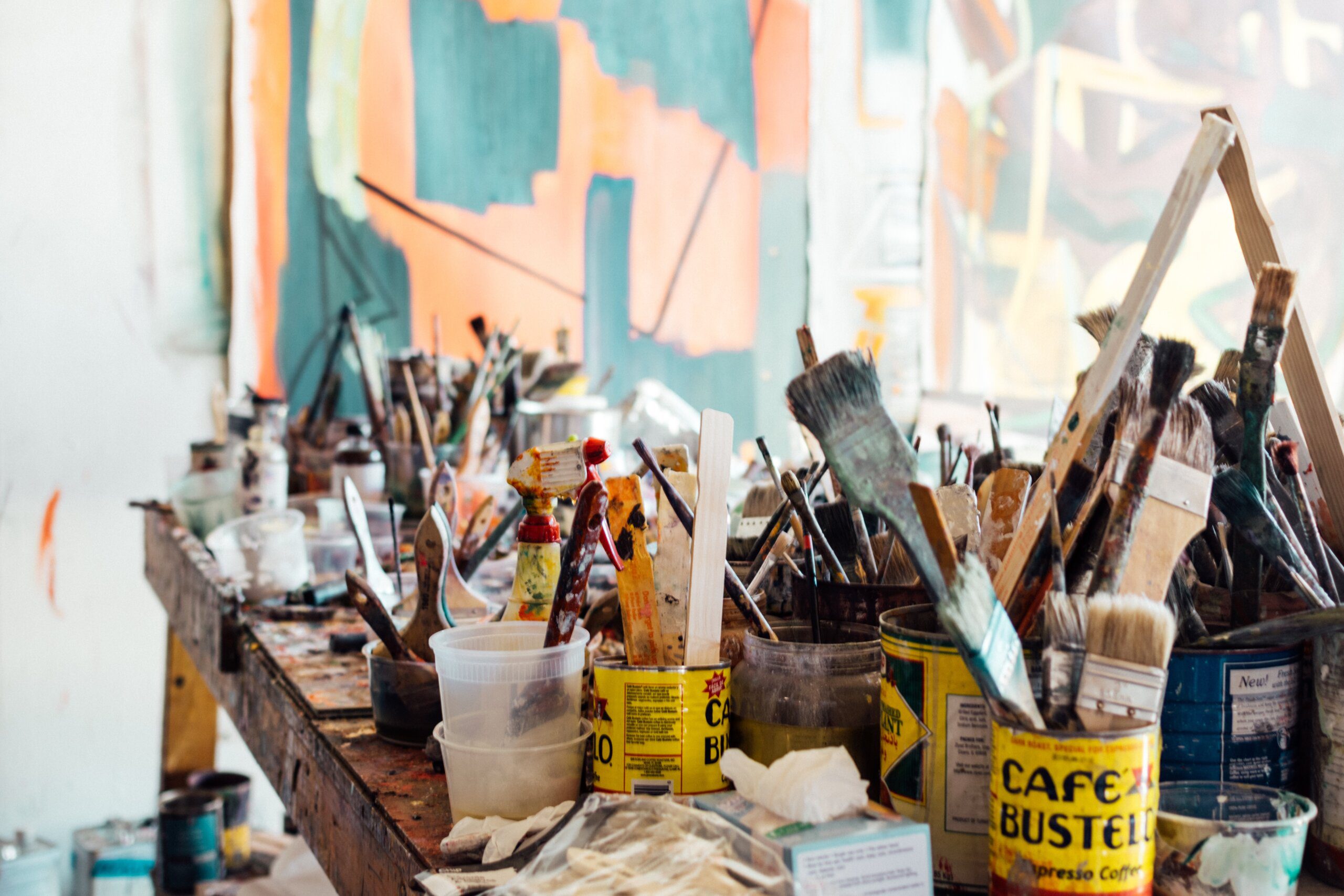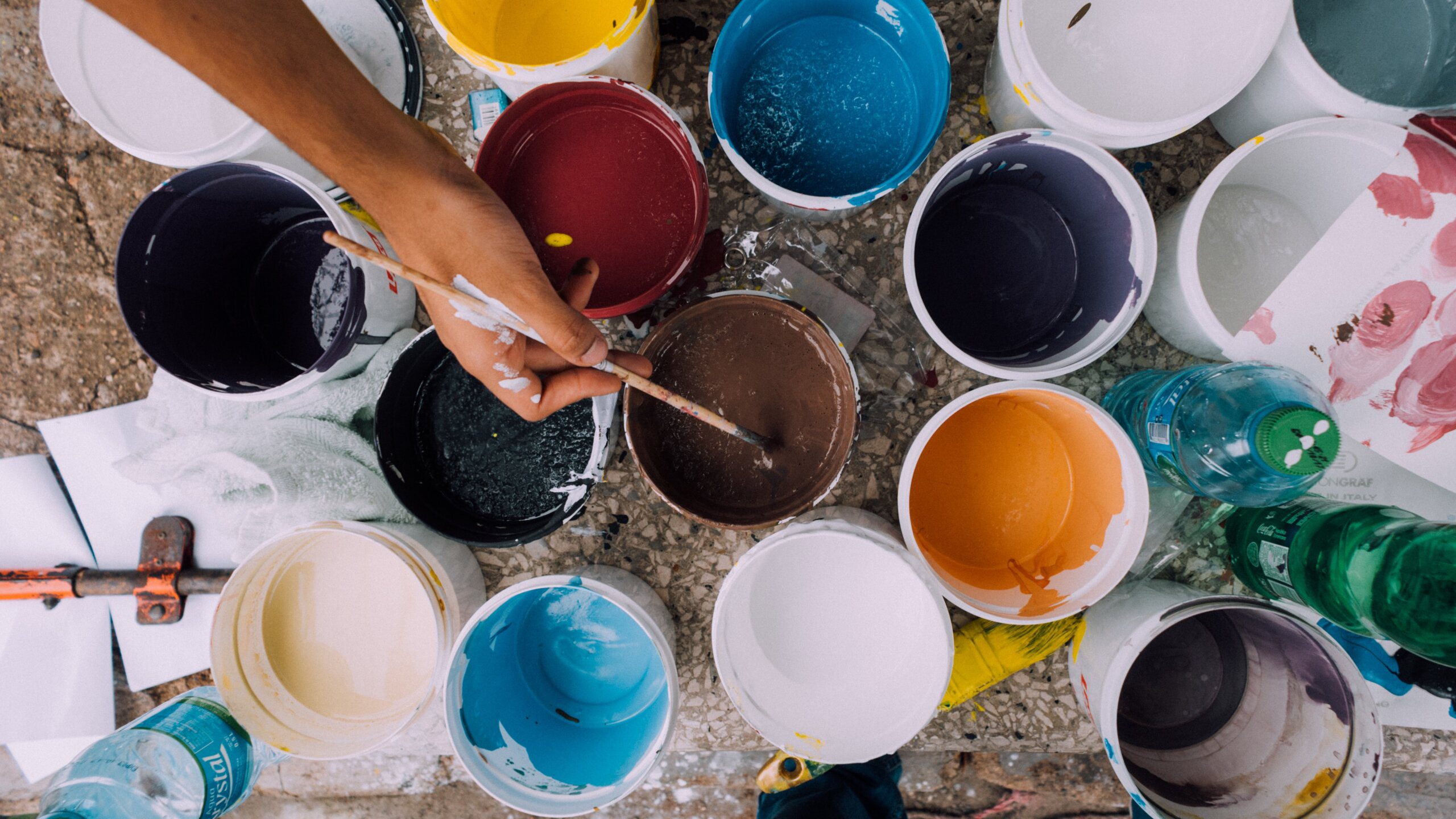In this article, you will discover the joy of learning how to draw a capybara step by step. Whether you’re an experienced artist or just starting out, this guide will provide you with easy-to-follow instructions to create a charming capybara illustration. From sketching the basic shapes to adding the intricate details, each step will bring you closer to capturing the unique essence of these adorable creatures. So grab your pencil and let’s embark on an artistic journey together, unleashing your creativity and bringing these fascinating animals to life on paper.
Gather Your Materials
To start your capybara drawing, gather all the materials you will need. These include a piece of paper, a pencil, an eraser, and a reference image of a capybara. The reference image will help you visualize the proportions and details of the capybara as you draw.
Start with Basic Shapes
Begin by drawing a large oval shape for the body of the capybara. This oval will serve as the base for the body and head. Next, add smaller ovals to indicate the head and body of the capybara. These ovals should be connected to the main oval.
For the limbs, sketch rectangular shapes extending from the body. These rectangles will represent the legs of the capybara. Lastly, add guidelines to mark the placement of the facial features. These guidelines will help you accurately position the eyes, nose, and mouth of the capybara.

Refine the Body Shape
Once you have the basic shapes in place, it’s time to refine the body shape of the capybara. Use your pencil to define the outline of the body, focusing on creating smooth curves. Pay attention to the proportions and curves of a capybara’s body, as they have a unique shape.
Once you’re satisfied with the overall body shape, use your eraser to eliminate any unnecessary lines from the initial sketch. This will help clean up the drawing and make it easier to add details in the later steps.
Sketch the Facial Features
Now, let’s focus on the capybara’s adorable face. Start by drawing two large ovals for the eyes. These ovals should be placed within the guidelines you drew earlier. Next, add a small circle just below the eyes to represent the nose. Finally, create the mouth by drawing a curved line below the nose.

Add Details to the Face
To give the face more definition, outline the eyes and add eyebrows. Make sure the eyes are evenly spaced and have a friendly expression. Above the head, draw the ears of the capybara. They are round and sit on top of the head.
To make the capybara look even more realistic, add whiskers on the sides of the face. These thin lines extending from the nose area add a charming touch to the drawing.
Work on the Limbs
Moving on to the capybara’s limbs, define the shape of the legs by adding more detail to the rectangular shapes sketched earlier. Pay attention to the curves and proportions of the legs, making sure they match the reference image.
Once the legs are defined, draw the feet and toes. Capybaras have webbed feet, so make sure to add those distinguishing features. Additionally, consider adding details like claws or paw pads to make the drawing more lifelike.

Refine the Tail
Now it’s time to tackle the capybara’s tail. Sketch a long, curved line extending from the back of the body. This line should flow naturally and match the proportions of a capybara’s tail.
Next, add texture to the tail by using short lines to create a fur-like effect. Vary the length and direction of the lines to achieve a more realistic look. Finally, erase any unwanted or overlapping lines from the initial tail sketch.
Clean Up the Drawing
To enhance the overall appearance of the capybara drawing, go over the final lines with bold strokes. This will give the drawing a more polished and finished look. Pay attention to the details and make sure the lines flow smoothly.
Once you’re satisfied with the final lines, use the eraser to remove any remaining guidelines or unwanted stray marks. This step will ensure that the drawing looks clean and professional.
If you want to add depth and dimension to the capybara drawing, consider adding shadows or highlights. Shadows can be added in areas where there would naturally be less light, such as under the body or limbs. Highlights can be added to areas that would catch more light, such as the top of the head or the tip of the nose.
Bring Your Capybara to Life with Color
Now that your capybara drawing is complete, it’s time to add some color! Choose the desired colors for the body, facial features, and any other details you want to include. Consider referring back to the reference image for guidance on the capybara’s natural coloring.
Start by coloring the body, using light strokes to build up the color gradually. Pay attention to the shading and highlights to create a realistic appearance. Add texture and details by using shading or patterns.
Practice and Experiment
Drawing a capybara is a fun and enjoyable experience, but it’s also a skill that can be developed further with practice. Try drawing capybaras in different poses or with various expressions to improve your artistic abilities.
Additionally, don’t be afraid to explore different drawing techniques. Experiment with different shading styles or try using different art supplies, such as colored pencils or markers. Each attempt will help you grow as an artist and bring you closer to mastering the art of drawing capybaras.
So grab your materials, follow these step-by-step instructions, and unleash your creativity as you learn how to draw a capybara!



